CASE STUDY NO. 3
On this project, the brick masonry wall at issue was not above the roof line, as is typical, but was immediately below it. The “before” photo on this page shows the new roof, which was substantially thicker than the existing roof it replaced, flush with the top of the original stone coping. Therefore, the design called for a new metal edge around the perimeter. However, on one section of the building, water getting into the wall through the joints in the coping had frozen and pushed the brick face more than 1 inch out of plane. This left no alternative but to remove and replace that section of wall to provide the proper support and closure at the roof edge. This was also a structural load-bearing wall; for economy and efficiency, we removed only the outer wythe of brick and reinstalled a direct-applied EIFS system. This provided all the required benefits, plus better insulation, more quickly and easily and at less cost than rebuilding with new face brick.The “after” photo on this page shows the new EIFS fascia, below the metal edge of the new roof system on the affected area of this building. In the end, this solution was a cost-effective and visually pleasing way of providing an appropriate edge condition for the new roof.
ANALYZE EXISTING CONDITIONS
As the designer or consultant on a roof-replacement project, recognize that nothing is more important than beginning with a very thorough forensic analysis of the existing conditions. In that, be sure to give the surrounding wall construction as much consideration as the roof itself to ensure your roofing solution will not be compromised by water intrusion through an adjacent, but connected, element of the building envelope.

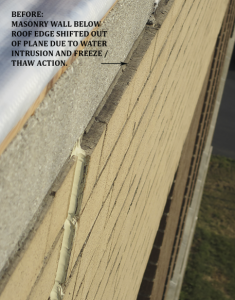
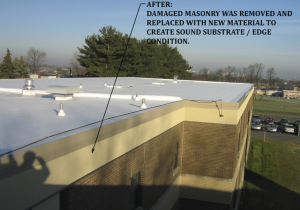

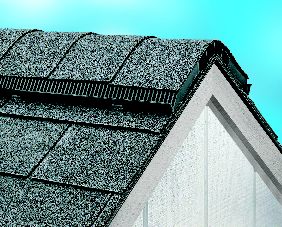
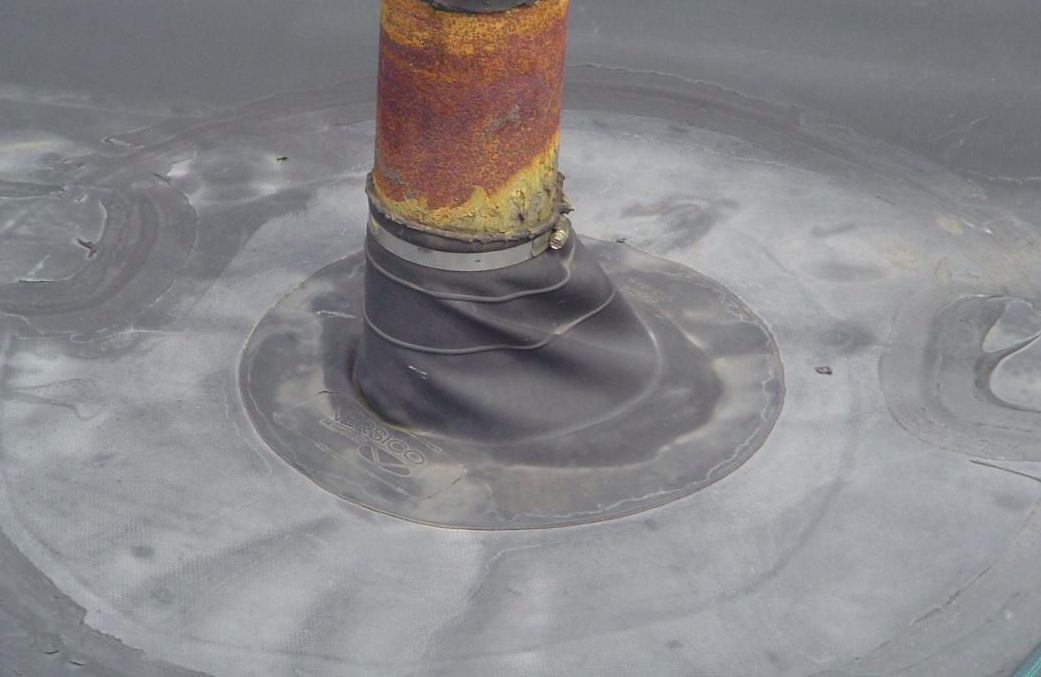
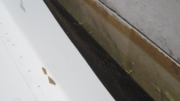
Be the first to comment on "The Success of Your New (Replacement) Roof Depends on Adjacent and Connected Elements, including Masonry"